Often I wonder with a kind of disappointed enthusiasm, what it was like to actually be around to see some of cinema’s greatest motion pictures when they first went on general release in theaters. Of all the excellent movies that drift in and out of my abstract nostalgia, not many fill that yearning more than The Exorcist from 1973. I’d like to think, back then, seeing that film for the first time on the big screen I would not have been one of those cinema-goers that actually threw up while watching it. Or fainted. Or even left the theater as it was all too much for them.
I’m pretty certain those reactions would not have befallen me. But alas, we shall never know, I can’t put myself completely in that time, I was not on this good Earth back then. And as much as people reading this who were here then are likely to huff and label me lucky, I beg to differ.

I remember growing up, probably in childhood, teenhood too, maybe even a part of adulthood, when you used to flick through the newspapers to check the cinema listings. An exciting feat in itself, lashing through the big paper pages until you spotted the cinema logo – usually somewhere near the back, but I still flicked from the front. Anyway, choosing a movie to see is always an exciting prospect, no matter your age, but back then when scanning the cinematic menu in the newspaper, I recall seeing a late night showing of The Exorcist for what seemed liked every single weekend. Just this one showing, once a week, at this one cinema.
A film I held in prestige then, a horror film so shocking it was banned in the UK for a while. I mean, that in itself makes it a great temptation, a banned film I was too young to see, from the 1970s, playing locally every week. Whatever age ranges of my life these memories depict, I always knew The Exorcist was indeed a very special film.
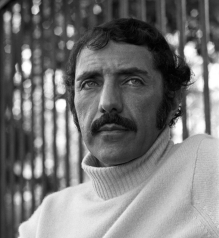
The Exorcist, as well as being a phenomenon and decades-long conversation starter, is one of the very, very best horror films ever to grace a screen. Horror, though, is not the film’s only forte. A strong dramatic strand exists through the depiction of a small family (in a huge house). A very intellectual thriller, too, more so in William Peter Blatty‘s novel. Plus, there are strong elements of the reality of dwelling with such horrific circumstances, and, of course, the struggles and strengths of religion, faith, vocation, good, evil, humanity.
The aesthetic and haunting of The Exorcist live long after you watch it too. And not just the first time, on repeat viewings. One of the most remarkable aspects of the film’s magnetism is just how it leaves you afterwards (and indeed during), the provocation and thought-trail, a kind of unlimited reflection of not just placing yourself in the hands of a demon, or coming to terms with the experience of the film, but also the amorous admiration of the vast brilliance of the filmmaking on display. Even looking at it today. I watched The Exorcist for umpteenth time just days ago, and was in complete awe of the motion picture experience all over again.
Perhaps known in his circles more for writing comedy, William Peter Blatty embarked on the novel after he had overheard a case of possession of a young boy. His research was intense (as would be the eventual shoot of the film adaptation), also pulling from his own experiences to some extent – like Father Damien Karras, Blatty had lost his mother recently.
 Film director William Friedkin, who would direct The Exorcist, was not a fan of the first screenplay Blatty wrote, though he had read the book, claiming he could not put it down. Friedkin was, of course, looking for the script to match the aggressive vision he had as a filmmaker. Blatty worked his ass off adapting is own book, often 18 hour days, for 9 months or so, but his collaboration with Friedkin would prove a mesmerizing pay-off. Much of the book made the final pages of the screenplay too, some aspects such as Regan MacNeil’s early condition, or her mother Chris’ conflict with the absent father, though present in the film, were explored far more in the book.
Film director William Friedkin, who would direct The Exorcist, was not a fan of the first screenplay Blatty wrote, though he had read the book, claiming he could not put it down. Friedkin was, of course, looking for the script to match the aggressive vision he had as a filmmaker. Blatty worked his ass off adapting is own book, often 18 hour days, for 9 months or so, but his collaboration with Friedkin would prove a mesmerizing pay-off. Much of the book made the final pages of the screenplay too, some aspects such as Regan MacNeil’s early condition, or her mother Chris’ conflict with the absent father, though present in the film, were explored far more in the book.
When Friedkin finally got the gig to direct, The French Connection was being distributed, and would go on to win Best Picture and Best Director at the Academy Awards. There was some hesitation when hiring the director, names like Stanley Kubrick and Mike Nichols were in the mix but never amounted to anything committal. Friedkin was determined to make this picture, and eventual producer Blatty was also firmly in his corner.
There was, too, plenty of resistance in the casting process. Audrey Hepburn was approached to play Chris MacNeil, the mother, but wanted to shoot in Rome where she was residing at the time. No thanks, said Friedkin. Anne Bancroft was also a contender had she not been pregnant at the time. The delay in casting Ellen Burstyn, who really wanted this part, was basically down to her lack of star power at the time. Some things never change in the film industry.

Friedkin and Blatty stood by their resolute, artistic instincts. The director took a rather unstoppable grip of the production, he was himself a man possessed, pushing many around him to the limits. Burstyn and Linda Blair, who plays Regan, both suffered injuries during the grueling shoot, in which the director, and in instruction to stunt crew, was not afraid to be heavy-handed. Remember the scene when Jason Miller as Karras is startled by the phones ringing? That’s his reaction is to Friedkin firing a gun. You watch the reactions of the performers, so authentic in the way they are thrown to the ground or scared out of their wits. I mean, do you think that is Linda Blair thrashing around on the bed by herself? Of course not.
The opening sequence in Iraq, were locals are actually digging up heads of statues, was an extremely enduring shoot given the heat. Another section of the film that Freidkin restored when others resisted. Incidentally, the shot of Father Merrin (Max von Sydow) arriving at the house was inspired by the director seeing René Magritte’s painting Empire of Light in New York.
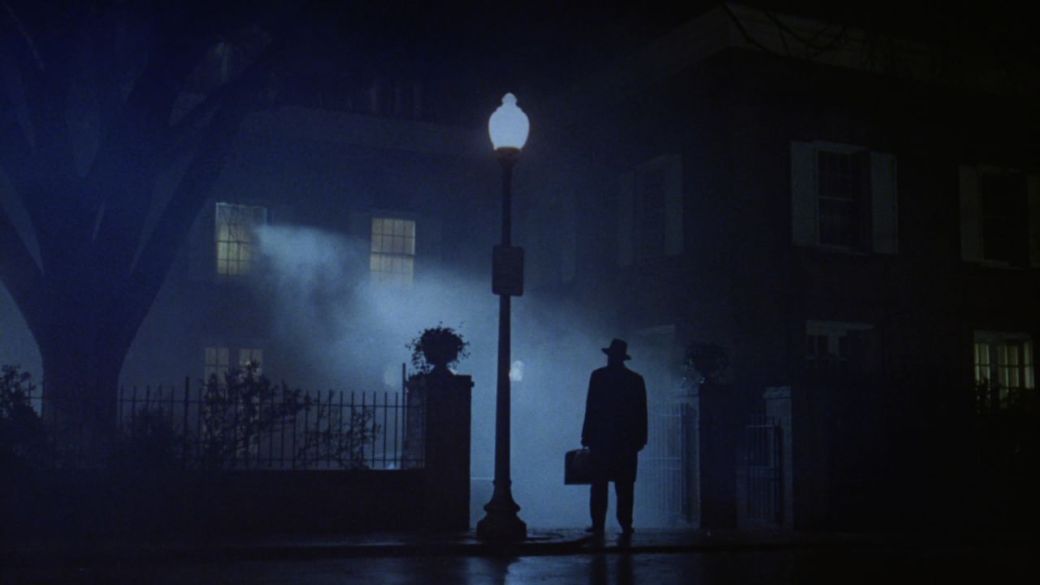
To this end, in all aspects of film production, I have always seen The Exorcist as a masterpiece of technical prowess. Even the seemingly simplest of techniques, were bees are used to omit a terrifying buzz, or the twisting of a leather wallet providing the creepy creaks of a head turning. There were no no computer generated effects back then, not like today. No, this was much more a case of excellence in mechanics, artistry, rigging, innovation.
There are not many that are now aware that Regan’s vomit was actually pea soup. Maybe few know that the visible cold breath coming from the actors towards the end of the movie is not special effects as we know it, but rather the results of completely refrigerating Regan’s room – there was a second set of the room built specifically for this purpose.
The impact of such a determined, attention-to-detail kind of film shoot is an astonishing one to the audience members, like me, no matter how many times you have seen it. The Exorcist is a horror movie to define the genre, yes it is scary whatever you say, but also an accomplishment to put cinematic consummation on a pedestal. Look at the scenes before the true horror makes its mark, those disturbing moments of the examinations on Regan, penetratingly real from the actress Blair, the actual surgeon in character, and reactions of others watching – you can almost feel the pain yourself.
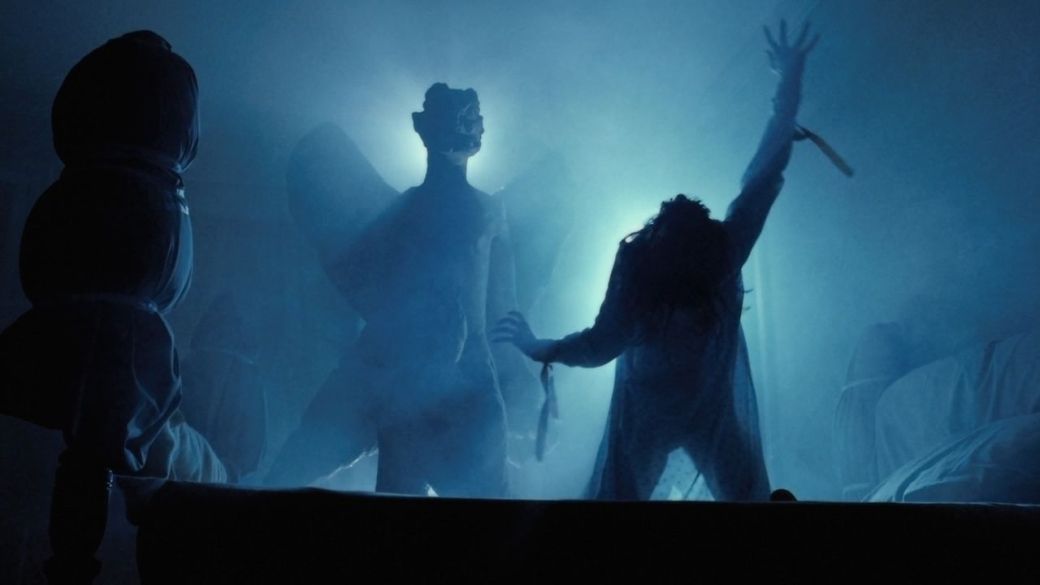
A film of contrasts, not just in the transition from the heat of Iraq to the colder Georgetown, or the children in Halloween costumes on the same street as the nuns whose garments drift in the wind, also the contrasting scenes of sound and silence, lingering moments of contemplation or normalcy, then bursts of horror and despair. The Exorcist is full of them, inspirational to many a horror flick afterwards, but hardly a scratch on the craft from 1973. The implications of the smell coming from Regan as the demon surfaces, superbly executed too by the performers – how often are smells so vividly portrayed on the visual medium?
Funnily enough, 13 year-old Linda Blair struggled with the contact lenses she had to wear, as part of her 4 hours in make-up, but spoke the vulgar lines from the script and the cursing, with ease, shocking the adults more. Rumors that Blair then went into mental decline following the production have been silenced. I mean, it was the brilliant body double Eileen Dietz who went through much of the trauma too. Her’s is the face of the demon Pazuzu, which is subliminally (sublimely) used a couple of times, as well as hauntingly imposed through the face of Regan for a split second in the film’s final act.
In the end, though, beyond bloody masturbation, a gyrating bed, a painstaking exorcism, the film’s backlash for being blasphemous, even the Motion Picture of Arts and Sciences unable to find the courage to award The Exorcist more than the 2 Oscars from 10 nominations, the film triumphs, and continues to do so more than 40 years on.
Let’s not forget, too, the film has a true sense of victory, with Karras surely believing once again, that if evil exists, then so must good. When Father Merrin has almost accepted his last act (Pazuzu draws him in from the opening scenes), Karras throws the possessed Regan to the ground, pounding and pleading the demon out of her, and instead of killing the now free young girl, finds the strength to throw himself out of the window down those stone steps, and to his death. An act of will and courage to defy all evil. The Exorcist, with all its technical mastery, enduring appeal, and cinematic legacy to strive for, even now, is a breathtaking victory in the history of film.










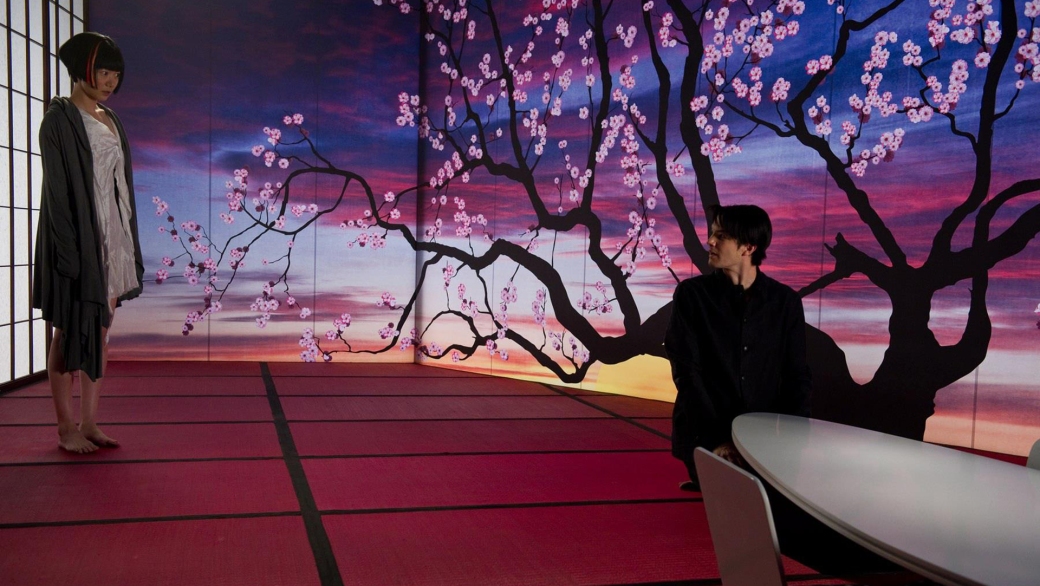








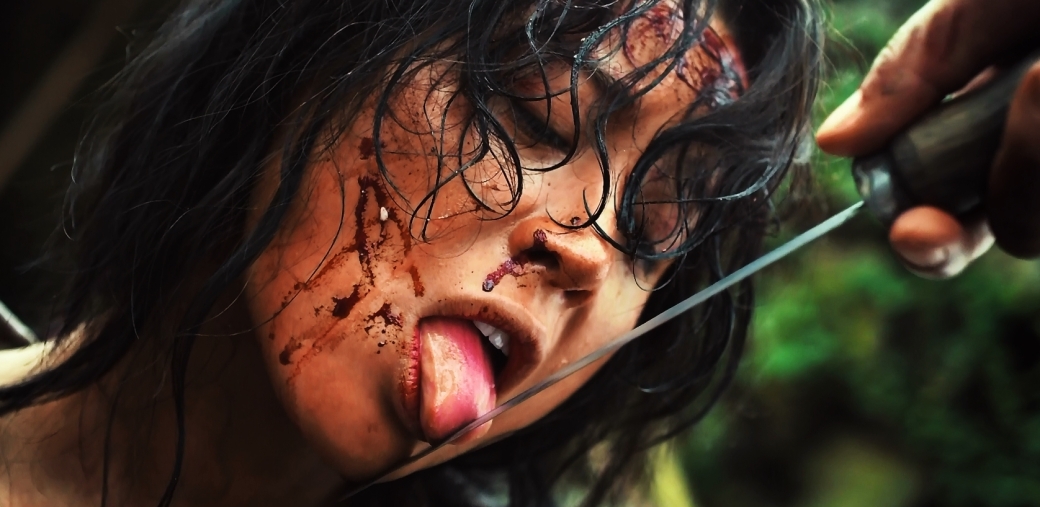



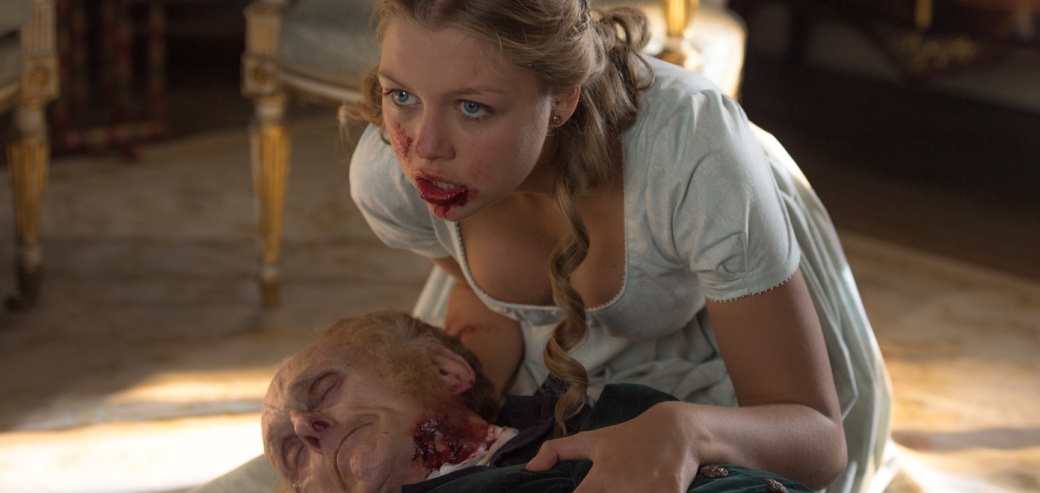


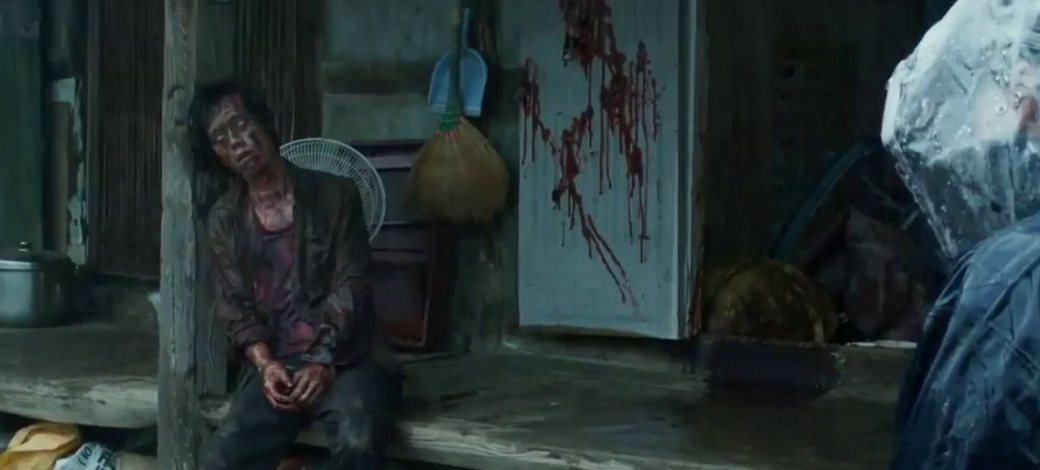




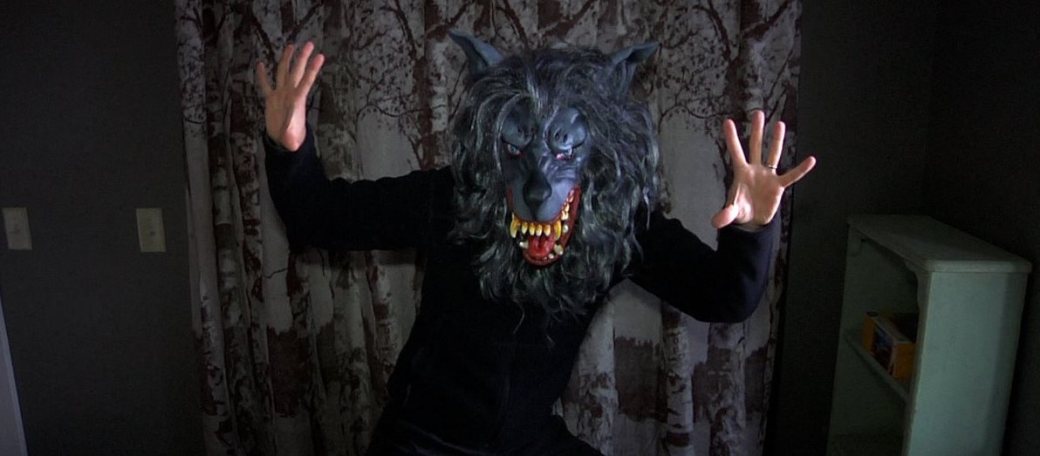










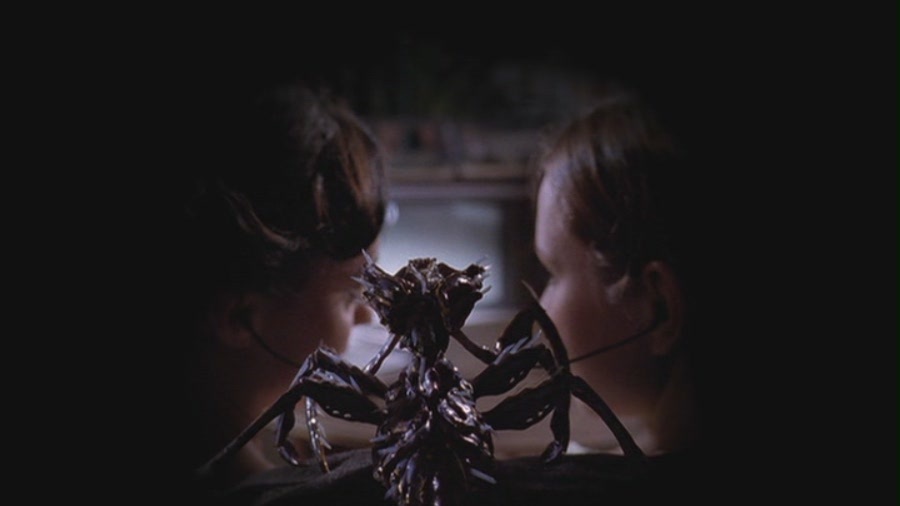



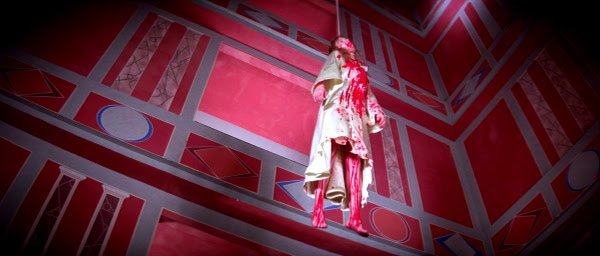

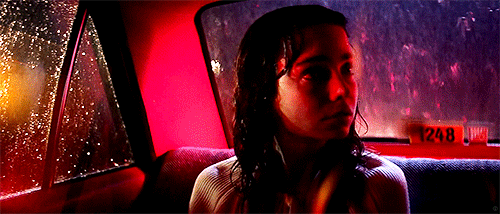


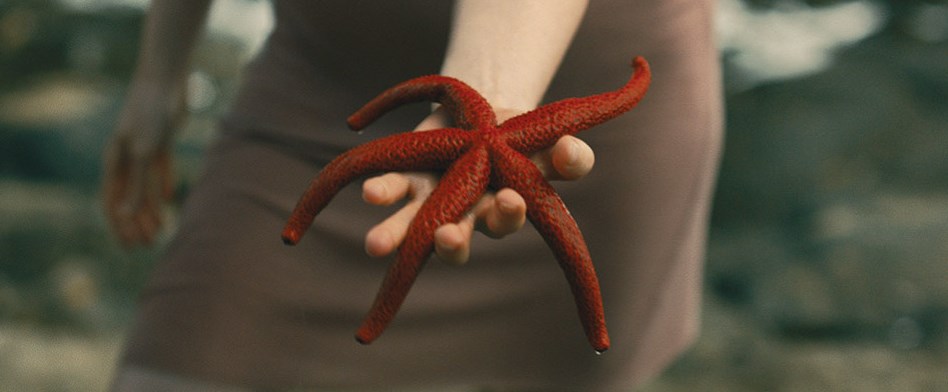

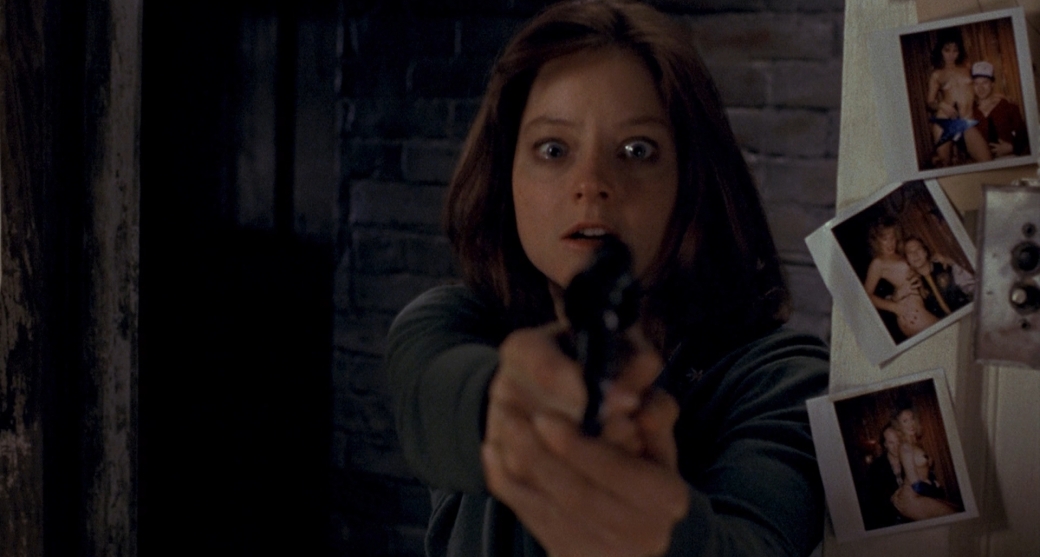









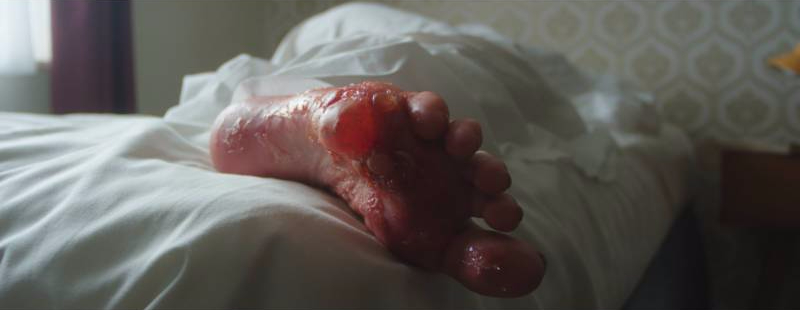



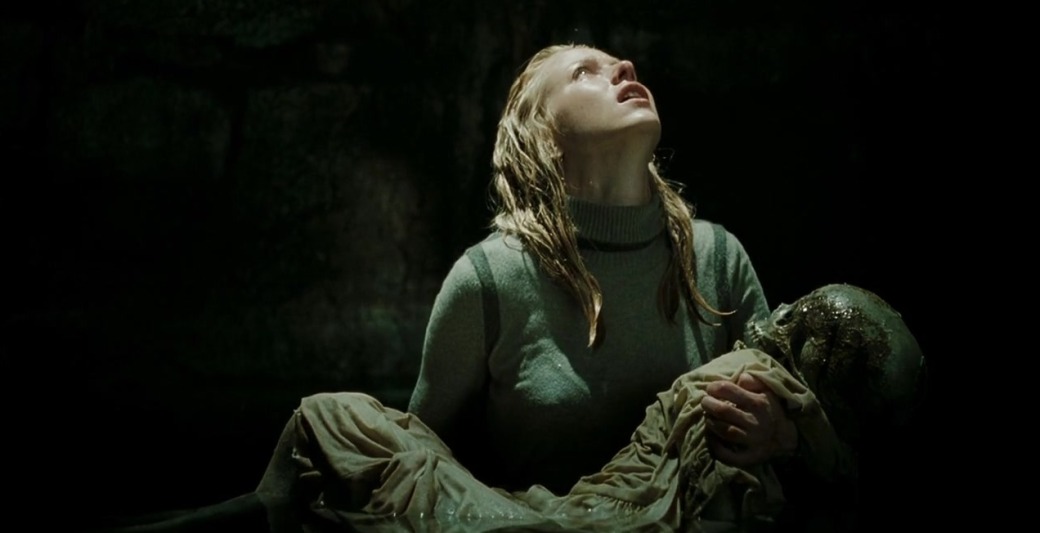
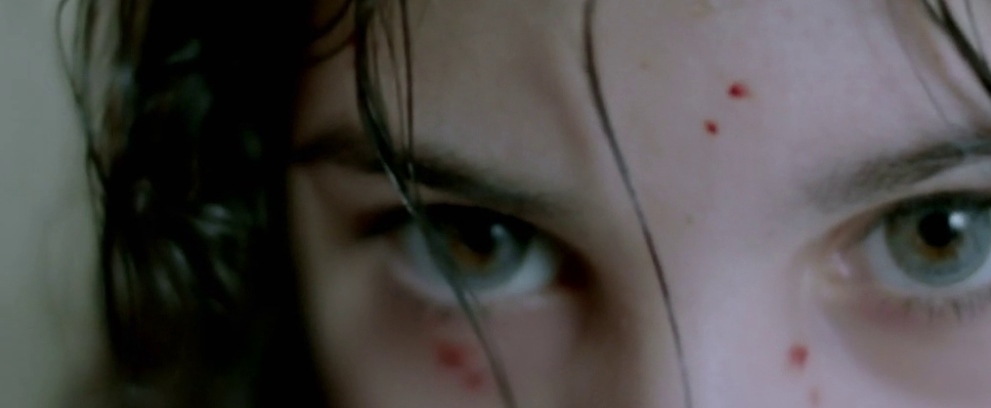

Recent Comments